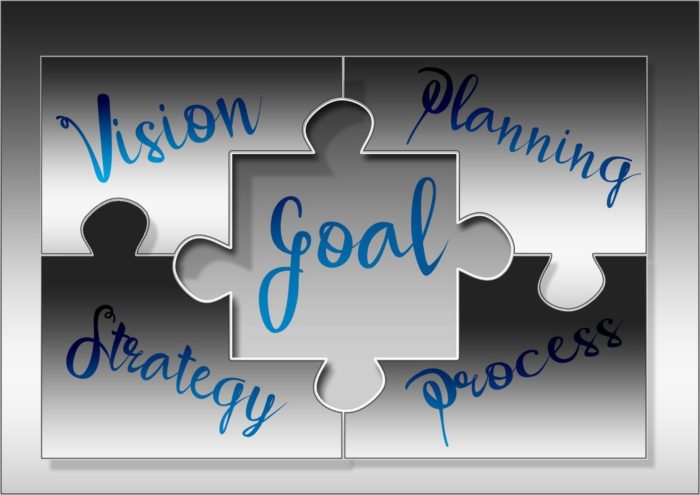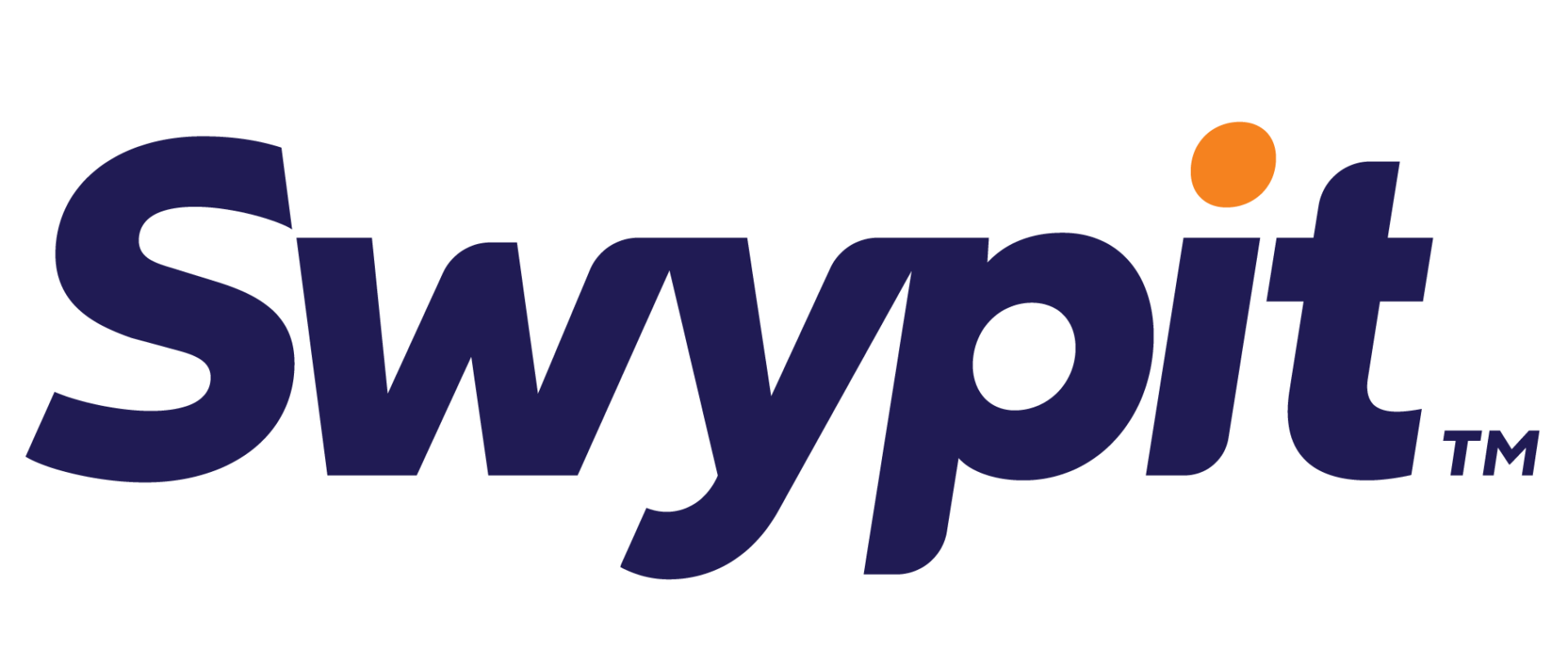Change your Mindset to (FINALLY) Accomplish Your Goals!

Blog
It’s hard to believe we’re already almost two months into the new year. It seems like 2019 just began and here we are – at the literal middle of Q1.
As business owners, we likely start most new years with new, big, goals – plans for change and success that will transform our business in fascinating and exciting ways.
Yet, all-too-often we find ourselves at this point of that new year realizing we have done little to nothing to achieve those goals.
Why? Why does this happen? And how we can we change or turn things around so that goals aren’t just nice ideas or lip service, but real, actualized, roadmaps for innovation and progress?
Accomplishing big goals requires us to change our mindset as we adopt new ways of thinking and looking at our business problems and solutions.
Transformation, obviously, isn’t something that can only – or should only – happen at the new year. It’s merely that as humans, we’re innately “programmed” to see the new year as the perfect time for new starts.
Since this is the case, we might as well take advantage of this natural tendency and utilize this built-in momentum to work on real shifts that will help us to create those lasting changes that will empower us to (finally) accomplish our goals and make a difference in our business’ mission-critical objectives. However, we can’t just pursue change for the sake of change – we need to know WHY we are changing and what we hope to achieve, specifically, from those changes.
In other words, we need a plan and we need a plan that WORKS for effective, efficient and strategic change that produces results and is “sticky” over time.
Here are three very specific, simple, steps that will help you make that happen and see those changes (really) happen once and for all:
Establish your baseline
The new year IS the perfect time to take stock of where you are in relation to where you want to be. This is considered your “baseline” and you can’t ever know how to really get to where you want to go if you don’t know where you are starting from in the first place.
Establishing your baseline should include considering past goals, whether they were or were not attained, to what extent and why or why not.
Create the roadmap for any goals you want to achieve now
This information from your baseline review should then be used to create a roadmap for your new and current goals. This roadmap will include “signposts” along that way that will serve as measurement points where set KPIs should be reviewed to determine if you are on track with goal achievement.
Schedule in “reflection rest stops”
Reflection rest stops should be interjected after signposts and are points where you should literally stop and re-evaluate goals in relation to signpost data to see if goals are still on-target or if the route needs to be re-adjusted in any way. It’s not a sign of weakness to make adjustments to the route on the way to goals—in fact, it’s quite the opposite.
Smart business owners know that you don’t continue down a bad path just because you’ve committed to moving in that direction, if you’re going the wrong way. These reflection rest stops give you the time, opportunity and “permission” to do an honest estimation of progress, success and/or failures, and whether any changes do or do not need to be made for the greatest optimization of strategic direction.
